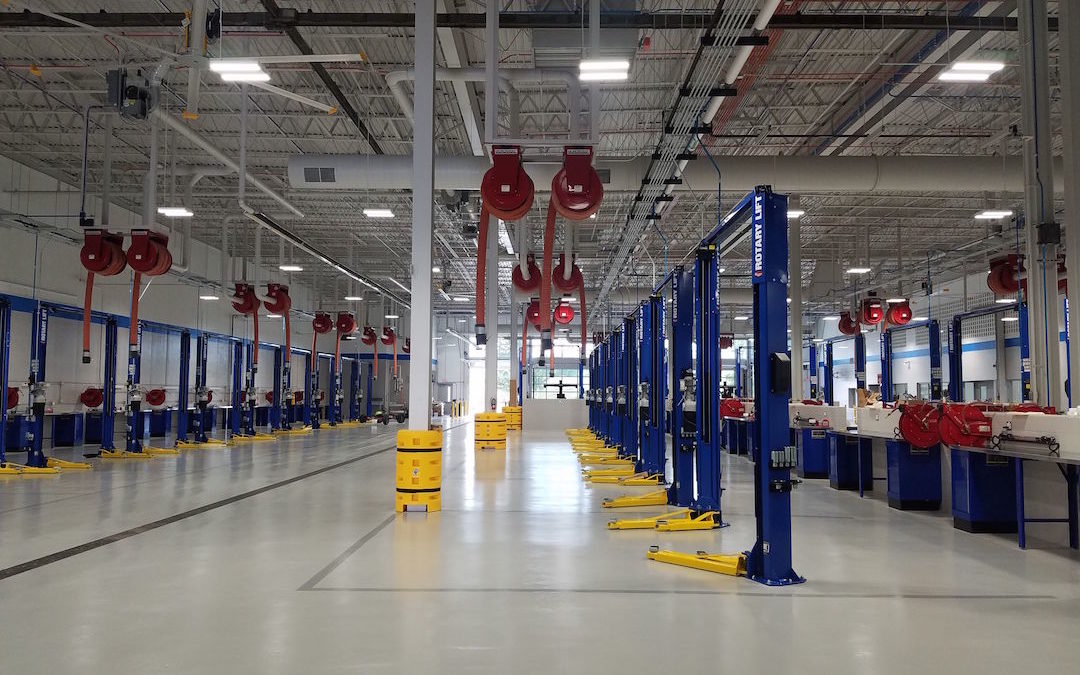Platform Lift Dimensions Explained: Why They Issue for Lift Servicing
Platform Lift Dimensions Explained: Why They Issue for Lift Servicing
Blog Article
Lift Maintenance Repair
Elevator Suite Britannia Street Tividale B69 2PG
01926 266127
A Thorough Method to Enhancing Efficiency Through Strategic Lift Repair Techniques
A organized and critical technique to raise repair and upkeep is necessary to take full advantage of efficiency and lessen downtime. By addressing typical lift issues, applying positive maintenance steps, and establishing targeted repair service plans, centers can enhance their lift systems to operate at peak performance degrees.
Significance of Lift Performance Optimization
Recognizing the relevance of enhancing lift efficiency is crucial for ensuring dependable and efficient upright transport systems in various structures and structures. Lifts are crucial parts of contemporary framework, supplying vertical flexibility for passengers and goods within structures of varying elevations. By enhancing lift performance, structure owners and facility managers can boost customer experience, improve energy performance, and increase total operational effectiveness.
Efficient lift performance optimization involves different factors, consisting of speed, capability, power consumption, safety and security, and upkeep requirements. Properly enhanced lifts can lower wait times for users, especially in high-traffic buildings, leading to enhanced satisfaction and productivity. Furthermore, enhanced lifts add to power cost savings by using innovative control systems and modern technologies that minimize power usage without jeopardizing efficiency.

Identifying Common Lift Issues
Determining typical lift problems is essential for preserving the functional performance and safety and security of upright transport systems in buildings. This concern can be a measure of troubles with the lift's electric motor, control system, or also the placement of the lift car.
One more prevalent lift issue is unusual sounds emanating from the lift shaft or machinery room. These noises can vary from grinding or scraping noises to loud clunking noises, all of which may signal underlying mechanical issues that need instant attention. Additionally, frequent door malfunctions, such as doors closed or closing correctly, can disrupt the smooth flow of passengers and pose safety dangers.
Applying Proactive Maintenance Steps
To enhance the performance and long life of lift systems, positive maintenance procedures play a vital duty in ensuring functional dependability and safety and security. lift breakdown. Executing proactive upkeep includes methodically evaluating, maintenance, and repairing parts before they fail, thus preventing pricey downtime and prospective safety threats. Routinely scheduled assessments can help recognize minor concerns prior to they escalate into significant troubles, inevitably prolonging the life-span of lift systems
One key facet of positive maintenance is developing an in-depth upkeep routine based upon manufacturer recommendations and sector finest methods. This timetable must detail tasks such as lubrication, positioning checks, and part substitutes at defined periods. Additionally, applying condition tracking techniques, such as resonance evaluation and thermal imaging, can help identify early signs of wear or breakdown.
Furthermore, training maintenance personnel on correct evaluation techniques and precautionary upkeep treatments is important for the effective implementation of positive upkeep procedures. By cultivating a society of aggressive upkeep within a company, lift systems can operate at peak efficiency degrees, decreasing disruptions and making sure the safety of users.
Establishing Targeted Repair Work Strategies
Upon assessing the upkeep records and performance information, the design group can develop targeted repair strategies to resolve particular concerns and enhance lift system functionality. These repair work strategies are tailored to the identified problems, guaranteeing that resources are focused on resolving crucial concerns efficiently. By focusing on repairs based upon their influence on efficiency and safety and security, the targeted repair service plans aid lessen downtime and maintenance costs while maximizing the lift system's reliability.
Establishing these strategies includes an extensive analysis of the lift system components, including motors, cords, brakes, and control systems. Via this detailed evaluation, the design group can determine the source of any type of malfunctions or deterioration in efficiency. This information is after that used to create a roadmap for the fixing process, describing the required steps, timeline, and resources required to attend to each concern successfully.
Additionally, targeted repair work strategies may include preventative measures to enhance the lift system's long life and performance. By proactively attending to possible issues before they intensify, these plans contribute to the overall effectiveness and security of the lift system.
Using Data-Driven Insights
Utilizing the power of data-driven insights is critical in optimizing lift system efficiency and upkeep performance. By leveraging information analytics, lift drivers can make informed decisions that bring about boosted operational efficiency and price financial savings. With the analysis of historic efficiency data, patterns and trends can be determined, making it possible for predictive maintenance techniques to be applied. These predictive maintenance from this source methods assist avoid unexpected malfunctions, lower downtime, and expand the life-span of lift systems.

Final Thought
In verdict, maximizing lift efficiency is vital for ensuring efficiency and safety and security in structures. By determining usual lift concerns, applying proactive maintenance measures, creating targeted repair plans, and utilizing data-driven insights, companies can boost performance and lessen downtime. It is very important to take a detailed technique to raise fixing techniques to maximize functional performance and make certain the long life of lift systems.
By dealing with typical lift problems, executing proactive upkeep procedures, and developing targeted repair work plans, centers can maximize their lift systems to operate at peak performance levels.One more prevalent lift concern is odd noises emanating from the lift shaft or equipment area.Upon analyzing the upkeep records and efficiency data, the engineering group can create targeted repair service plans to maximize and deal with specific concerns lift system performance. By focusing on repairs based on their effect on performance and security, the targeted repair service plans assist lessen downtime and maintenance prices while making the most of the lift system's integrity.
It is essential to take my website an extensive method to raise repair work approaches to optimize operational effectiveness and ensure the longevity of lift systems.
Report this page